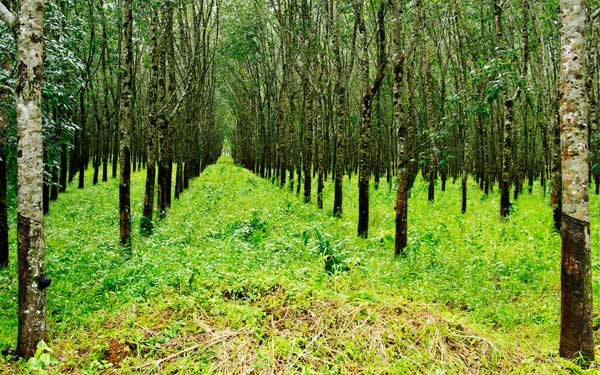Reply To:
Name - Reply Comment
Last Updated : 2024-04-26 02:12:00
.jpg) United Nations Conference on Trade and Development (UNCTAD) concluded a few years ago that natural rubber stands to gain from internalization of environmental costs in the entire rubber industry. The economic variables prevailing in the natural rubber market favour internalization: the supply elasticity is below unity, and the price elasticity for demand is estimated to be significantly less than one.
United Nations Conference on Trade and Development (UNCTAD) concluded a few years ago that natural rubber stands to gain from internalization of environmental costs in the entire rubber industry. The economic variables prevailing in the natural rubber market favour internalization: the supply elasticity is below unity, and the price elasticity for demand is estimated to be significantly less than one. 

Add comment
Comments will be edited (grammar, spelling and slang) and authorized at the discretion of Daily Mirror online. The website also has the right not to publish selected comments.
Reply To:
Name - Reply Comment
US authorities are currently reviewing the manifest of every cargo aboard MV
On March 26, a couple arriving from Thailand was arrested with 88 live animal
According to villagers from Naula-Moragolla out of 105 families 80 can afford
Is the situation in Sri Lanka so grim that locals harbour hope that they coul